-
STMicroelectronics
SKU: 033-STM32G070CBT6
STM32G070CBT6 - Arm Cortex-M0+ MCU 128Kb Flash 36Kb RAM 64MHz 48Pin LQFP
₹95.00 ex. GSTShipped in 24 Hours from Mumbai Warehouse369 in stock -
STMicroelectronics
SKU: 033-STM32F103C8T6TR
STM32F103C8T6 - 32bit ARM Cortex M3 Microcontroller 72MHz 64kB Flash 48-Pin LQFP
₹99.00 ex. GSTUsually Delivered in 2-5 Days403 in stock -
STMicroelectronics
SKU: 033-STM32G030F6P6TR
STM32G030F6P6TR - Arm Cortex-M0+ 32Bit MCU 32Kb Flash 8Kb RAM 64MHz CPU 20Pin TSSOP
₹69.00 ex. GSTShipped in 24 Hours from Mumbai Warehouse3029 in stock -
STMicroelectronics
SKU: 033-STM32F030C8T6TR
STM32F030C8T6TR - STM32 32-bit 64Kb RISC Arm Cortex-M0 Microcontroller 48-Pin LQFP
₹69.00 ex. GSTShipped in 24 Hours from Mumbai Warehouse246 in stock -
Microchip Technology
SKU: 024-ATMEGA2560-16AU
ATMEGA2560-16AU - 8-bit AVR RISC Microcontroller 256KB Flash TQFP-100
₹1,250.00 ex. GSTUsually Delivered in 2-5 Days15 in stock -
Microchip Technology
SKU: 024-ATMEGA328P-AU
ATMEGA328P-AU - picoPower 8-bit AVR RISC Microcontroller 32KB Flash 32-Pin TQFP
₹145.00 ex. GSTUsually Delivered in 2-5 Days314 in stock -
STMicroelectronics
SKU: 033-STM32G030K6T6TR
STM32G030K6T6TR - Microcontroller 32-Bit ARM Cortex-M0+ 32KB Flash 32Pin LQFP
₹69.00 ex. GSTShipped in 24 Hours from Mumbai Warehouse248 in stock -
STMicroelectronics
SKU: 033-STM32G030K8T6
STM32G030K8T6 - Microcontroller 32-bit ARM Cortex-M0+ RISC 64KB Flash 32Pin LQFP
₹74.00 ex. GSTShipped in 24 Hours from Mumbai WarehouseOnly 1 in stock -
STMicroelectronics
SKU: 033-STM32G070RBT6
STM32G070RBT6 - Arm Cortex-M0+ 32Bit MCU 128Kb Flash 36Kb RAM 64MHz 64Pin LQFP
₹105.00 ex. GSTShipped in 24 Hours from Mumbai Warehouse206 in stock -
STMicroelectronics
SKU: 033-STM8S003F3P6TR
STM8S003F3P6TR - 8bit MCU 8Kb Flash 16MHz CPU EEPROM Microcontroller 20Pin TSSOP
₹29.00 ex. GSTShipped in 24 Hours from Mumbai Warehouse1234 in stock -
STMicroelectronics
SKU: 033-STM32F103VCT6
STM32F103VCT6 - 32-bit ARM Cortex-M3 Microcontroller 256KB Flash 100-Pin LQFP
₹195.00 ex. GSTUsually Delivered in 2-5 Days263 in stock -
STMicroelectronics
SKU: 033-STM32F103CBT6
STM32F103CBT6 - 32-bit ARM Cortex-M3 Microcontroller 128KB Flash 48-Pin LQFP
₹148.00 ex. GSTUsually Delivered in 2-5 Days53 in stock -
Microchip Technology
SKU: 024-ATMEGA328PB-AU
ATMEGA328PB-AU - AVR ATmega Microcontroller 8Bit 32Kb 20MHz TQFP-32
₹138.00 ex. GSTShipped in 24 Hours from Mumbai WarehouseOnly 1 in stock -
STMicroelectronics
SKU: 033-STM32F103CBT6TR
STM32F103CBT6TR - 32-bit ARM Cortex-M3 MCU 128KB LQFP-48
₹198.00 ex. GSTShipped in 24 Hours from Mumbai Warehouse171 in stock -
STMicroelectronics
SKU: 033-STM32F105RBT6
STM32F105RBT6 - Arm Cortex-M3 MCU 128Kb Flash 72MHz CPU, CAN, USB2.0 OTG 64Pin LQFP
₹225.00 ex. GSTShipped in 24 Hours from Mumbai Warehouse25 in stock -
STMicroelectronics
SKU: 033-STM32G070KBT6
STM32G070KBT6 - 32bit 64MHz 128KB Flash 36KB RAM Arm Cortex-M0+ MCU 32Pin LQFP
₹99.00 ex. GSTShipped in 24 Hours from Mumbai Warehouse624 in stock -
STMicroelectronics
SKU: 033-STM32F411RET6
STM32F411RET6 - 3.6V 32-bit RISC 512Kb Flash Arm Cortex-M4 MCU DSP FPU ART Accelerator 64-Pin LQFP
₹265.65 ex. GSTShipped in 24 Hours from Mumbai Warehouse8 in stock -
STMicroelectronics
SKU: 033-STM32F030K6T6
STM32F030K6T6 - 32-bit ARM Cortex-M0 Microcontroller 32KB Flash 32-Pin LQFP
₹65.00 ex. GSTUsually Delivered in 2-5 Days -
STMicroelectronics
SKU: 033-STM32F107VCT6
STM32F107VCT6 - 32-bit ARM Cortex-M3 Microcontroller 256KB Flash 100-Pin LQFP
₹285.00 ex. GSTUsually Delivered in 2-5 Days39 in stock -
STMicroelectronics
SKU: 033-STM32F407ZET6
STM32F407ZET6 - 32-bit ARM Cortex-M4 Microcontroller 512KB Flash 144-Pin LQFP
₹365.00 ex. GSTUsually Delivered in 2-5 Days28 in stock -
STMicroelectronics
SKU: 033-STM32F103VET6
STM32F103VET6 - 32-bit ARM Cortex-M3 Microcontroller 512KB Flash 100-Pin LQFP
₹285.00 ex. GSTUsually Delivered in 2-5 Days35 in stock -
STMicroelectronics
SKU: 033-STM32F405RGT6
STM32F405RGT6 - 32-bit ARM Cortex-M4 Microcontroller 1MB Flash 64-Pin LQFP
₹330.00 ex. GSTUsually Delivered in 2-5 Days20 in stock -
STMicroelectronics
SKU: 033-STM32F103RET6
STM32F103RET6 - 32-bit ARM Cortex-M3 Microcontroller 512KB Flash 64-Pin LQFP
₹298.00 ex. GSTUsually Delivered in 2-5 Days25 in stock -
Microchip Technology
SKU: 024-ATMEGA16A-AU
ATMEGA16A-AU - 8-bit CMOS AVR RISC Microcontroller 16KB Flash 44-Pin TQFP
₹176.00 ex. GSTUsually Delivered in 2-5 Days25 in stock





__02955.1571806391.jpg?c=2)
__29826.1654760852.jpg?c=2)
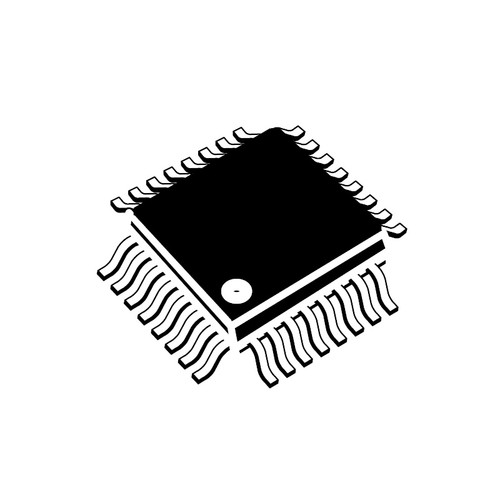



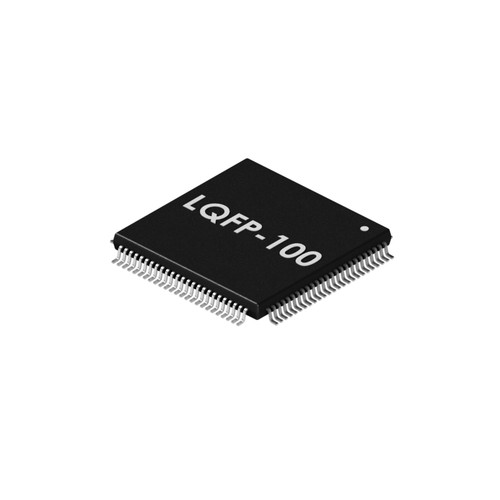




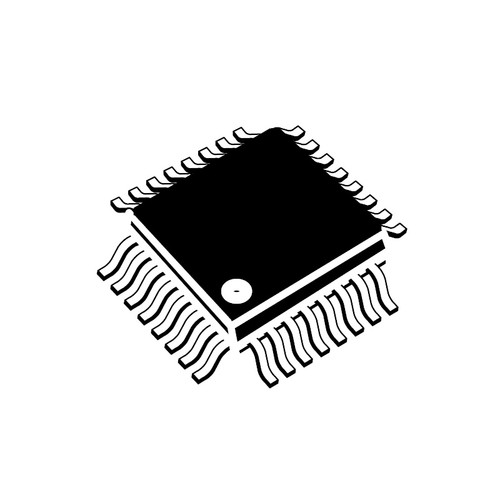
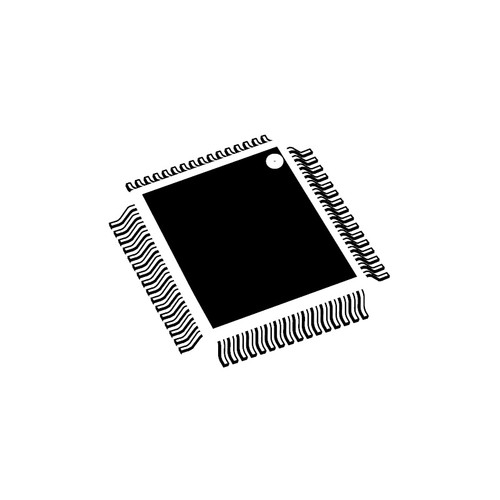
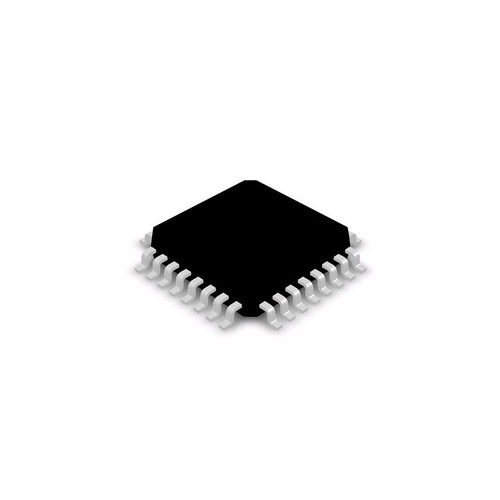


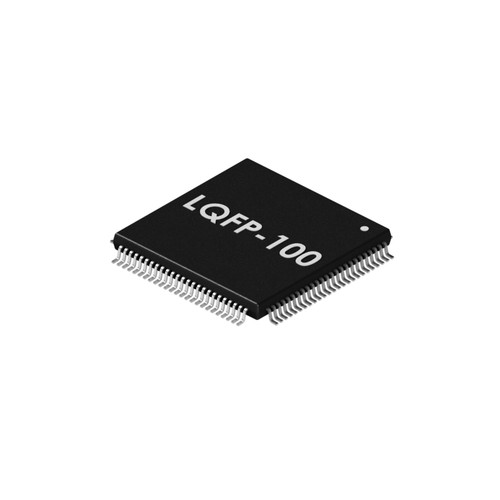
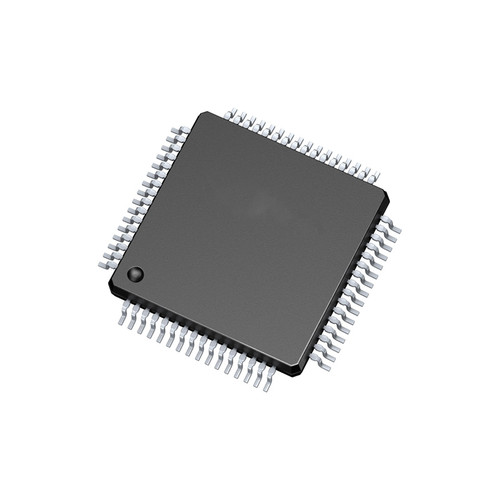

__66270.1571809205.jpg?c=2)